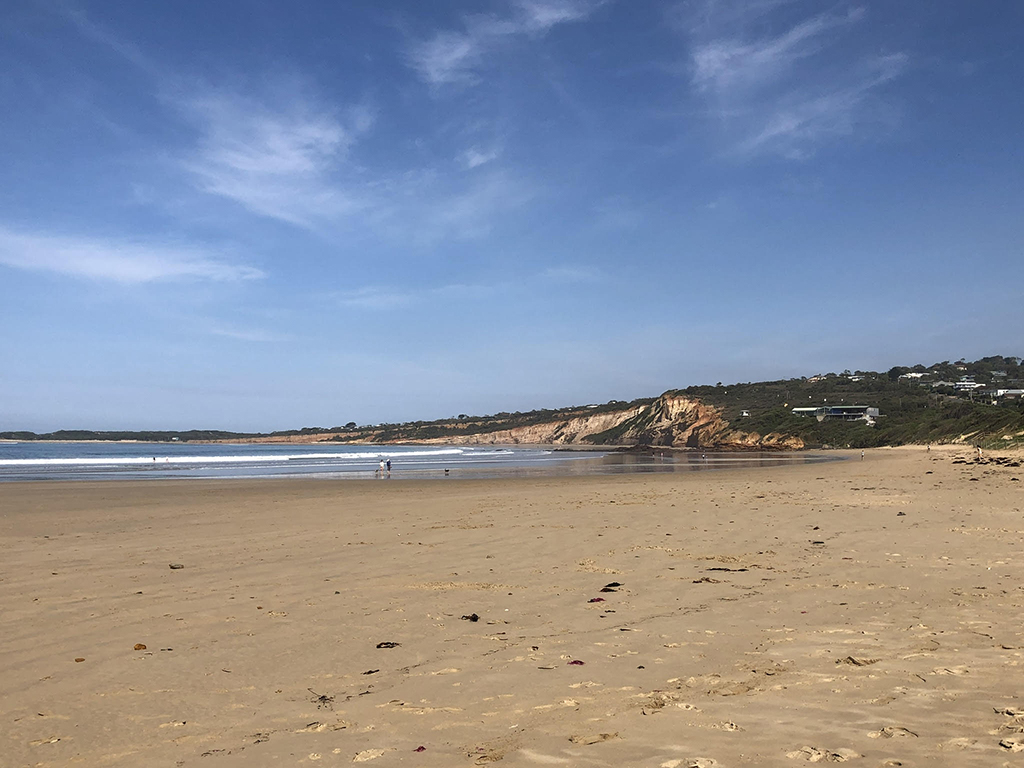COVID-19: An Australian Perspective
Written by David Foster.
In the In 2015, after being invited to be a visiting professor at Chonnam National University, my wife and I spent the summer in Gwangju. This was when the MERS virus was starting to come under control. Although initially wary about going to South Korea during a virus outbreak, we decided to go ahead. This gave us a great opportunity to see how a country handles an epidemic (given that we had never experienced such a thing before). We must say how impressed we were. All over Gwangju, there were information tents with staff providing guidance about what to do and distributing free hand sanitizer and tissues. The whole community seemed to engage with the problem. It was handled so well that the scheduled Universiade Games, with thousands of athletes arriving from all over the world, were able to go ahead as planned.
This year, we all face an even more widespread virus, indeed a pandemic. While I only know a little about what South Korea is doing to control this outbreak, I thought that it would be of interest to readers of the Gwangju News to learn what the situation is like in other parts of the world. This is what is happening in Australia where we live.

Perhaps the one thing that you may have heard in the media was that initially there was panic buying of toilet paper! For some reason, this was the first public reaction, despite that it is manufactured here in Australia and there was no real possibility of a shortage. Handling this, and panic buying of a few other items, at least got the government moving. The strategy adopted has been to mix legislated controls with public persuasion.
Given that we are a nation of seven states and territories, each with different legislative powers to those of the national government, the first step was to establish a special “national cabinet” made up of the leaders of each state and the national government. We did not want to have individual parts of the country doing their own thing. In this interconnected world, one of the first actions was to manage our borders by implementing a ban on nationals leaving the country (to stop the possibility of bringing back the virus when they returned), followed closely by the cancellation of flights from China. The latter was gradually extended to arrivals from all countries. At the present time, only Australian citizens can arrive (although there are very few flights anyway), and they are forcibly quarantined in a hotel for 14 days. This latter control was initiated following one of the biggest mistakes, when arrivals on cruise ships were simply allowed to disembark and meld into the community. We now know that approximately half the known cases of COVID-19 can be traced back to this poor decision.

While international travel was being curtailed, the national cabinet’s attention was also focused on limiting the way residents mixed with each other to avoid community transmission. Initially, instead of using regulations to change behavior, the strategy was to persuade the population to do the right thing and stay at home. Only those with employment in essential services were advised to go to work. Employers in other sectors were asked to create the opportunity for their staff to work from home. This has been taken up almost universally, creating one of the greatest changes in the way people work since World War II. Everyone has been encouraged to stay at home and only venture out to shop, exercise, provide care to others, and for medical reasons.
The community has been constantly reminded that this action is the only way to “flatten the curve.” It has been explained that this means slowing the growth in the number of people catching the virus. We were shown what would happen if we did not do this and the virus spread rapidly through the community. It would mean that our health system could not cope with the numbers, people would not get access to ventilators, and there would be huge numbers of deaths, not because of the virus itself but because those with it could not be treated in a health system that is overwhelmed. Hearing this and seeing what was happening in Italy, Spain, and the United States has convinced most people to comply. Unfortunately, there were some who flaunted these requests, particularly on popular beaches. This led the government to introduce more regulations involving closing beaches and limiting outside activity to groups of only two people (except if they are a family that lives together). In addition, all restaurants, bars, gymnasiums, cinemas, swimming pools, and schools were forced to close. Gradually, we have moved from persuasion to regulation but not to total “lockdown.”

The impact on the way we all live has been amazing. Communication via telephone and video conferencing has spread from the work environment to the personal space. Rather than the usual visit, families and friends are now using technology to maintain connections. We are ordering much more of our basic requirements (food, etc.) online, and are even having consultations with our doctors via video link. It shows that as a community, we are resilient and able to adapt to our changed circumstances. The interesting question is whether this will become the new norm, even after the pandemic has been controlled.
Like most countries, Australia is fighting the virus on two fronts. Firstly, there is the health issue. Secondly, there is the economic impact of the measures to manage this health challenge. Within a very short period of time, thousands of businesses closed down and over one million people lost their jobs. These are mainly in services where close contact is required, an extremely important part of a modern economy. Workers in cafes, travel agencies, airline companies, gymnasiums, and so many other leisure-oriented services were the first to lose their jobs. In an attempt to ensure that the Australian economy survives the pandemic, the national government has provided all sorts of financial support for businesses and the unemployed. This involves mind-boggling amounts of money that will certainly take generations to pay off.

These are certainly challenging times for all nations. When this is all over, we will be able to review the actions we all took and establish what we did right and what we could have done better. Given that (as of May 17) Australia has only had 99 deaths and 7,056 confirmed cases following 1,042,000 tests, we are in a very good position. We seem to have “flattened the curve”! Where we go from here will depend on how long we need to maintain these measures and how our community accepts them in the longer term.
THE AUTHOR
David Foster is a retired professor of management who has worked in various universities around Australia and as a visiting professor in Germany, France, Vietnam, and South Korea. The latter included three appointments at Chonnam National University in Gwangju, where he taught leadership and management in the MBA program. He and his wife loved their experiences in South Korea, especially the strong connection that they have made with the Gwangju International Center.



